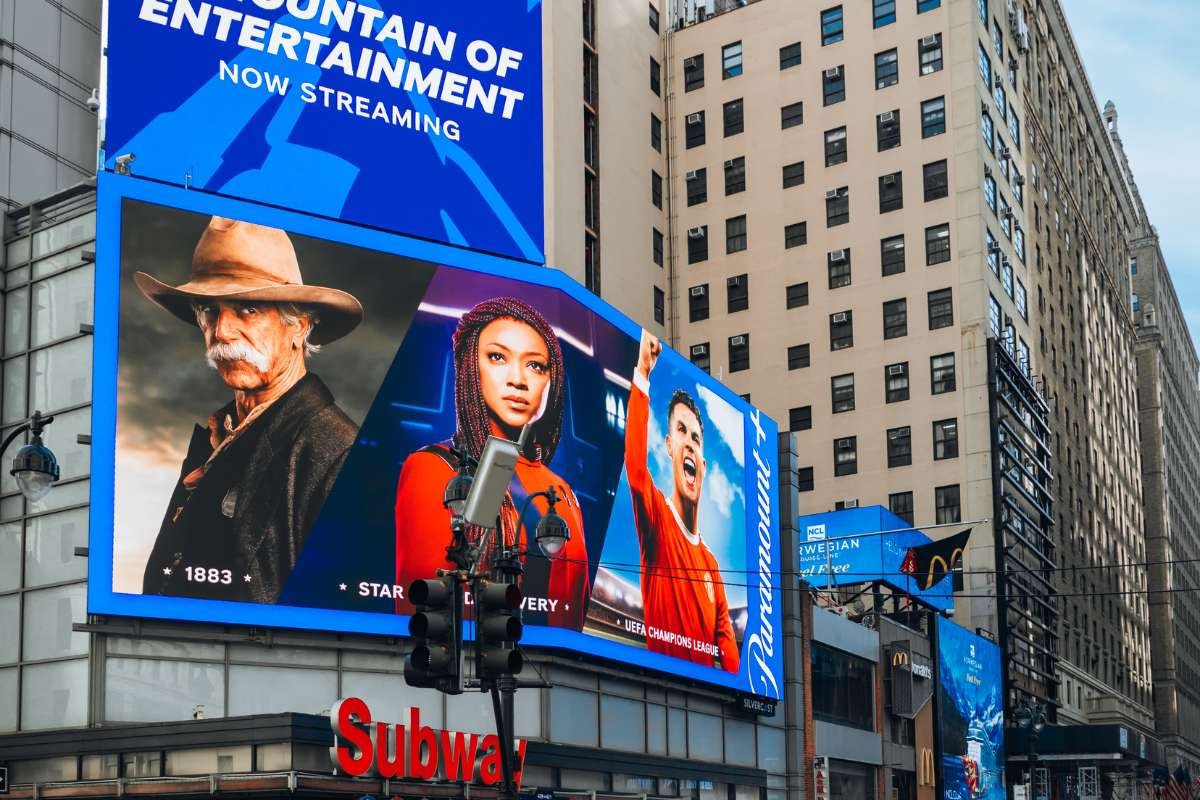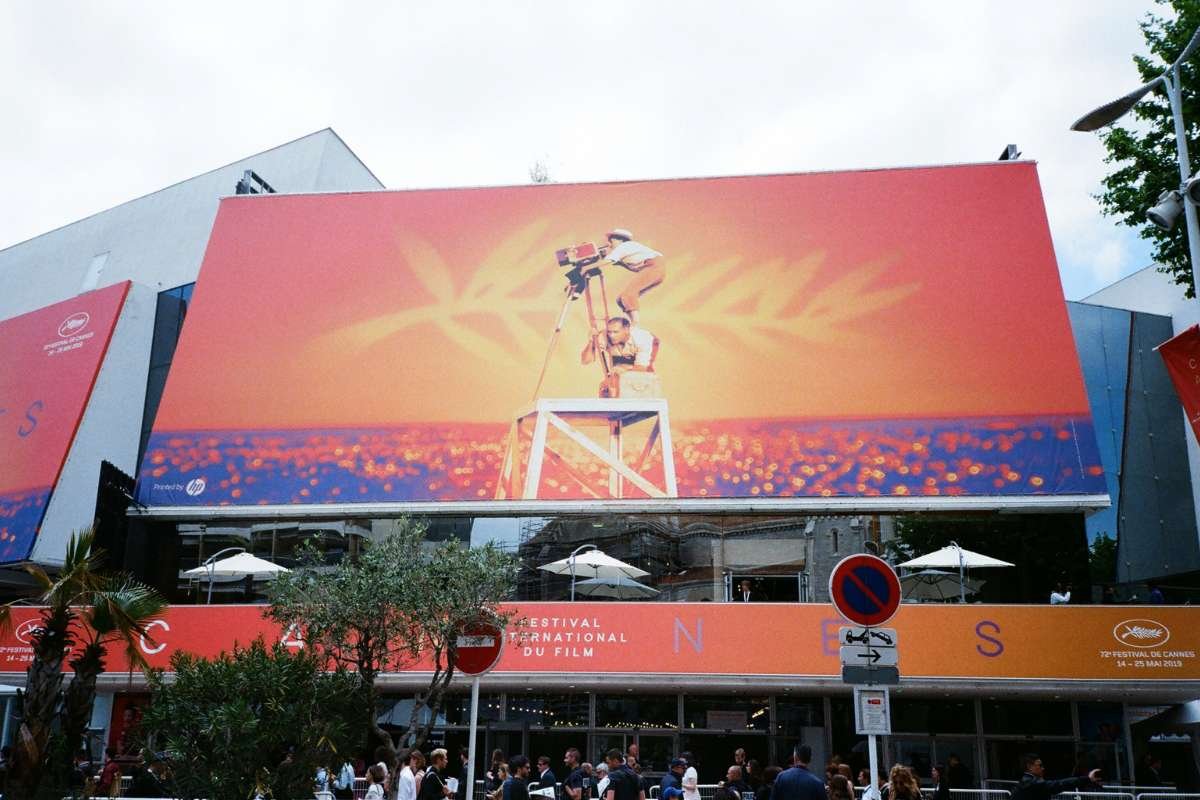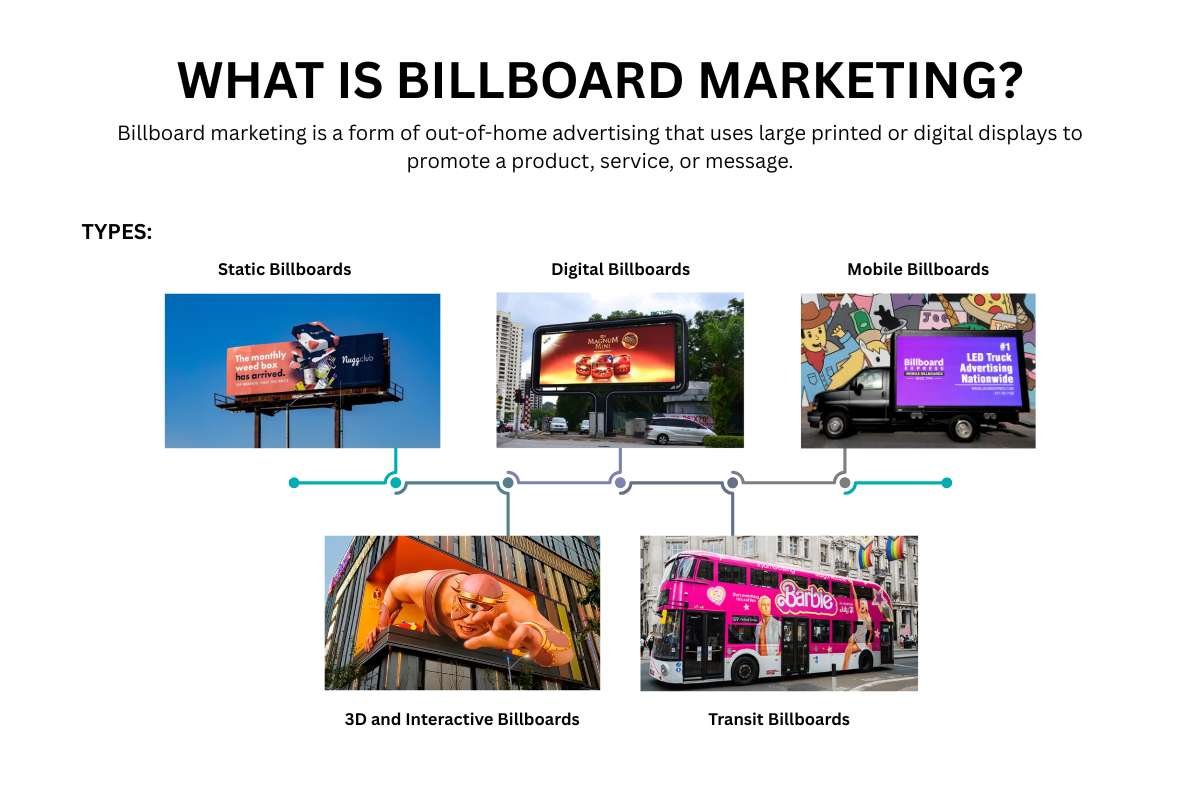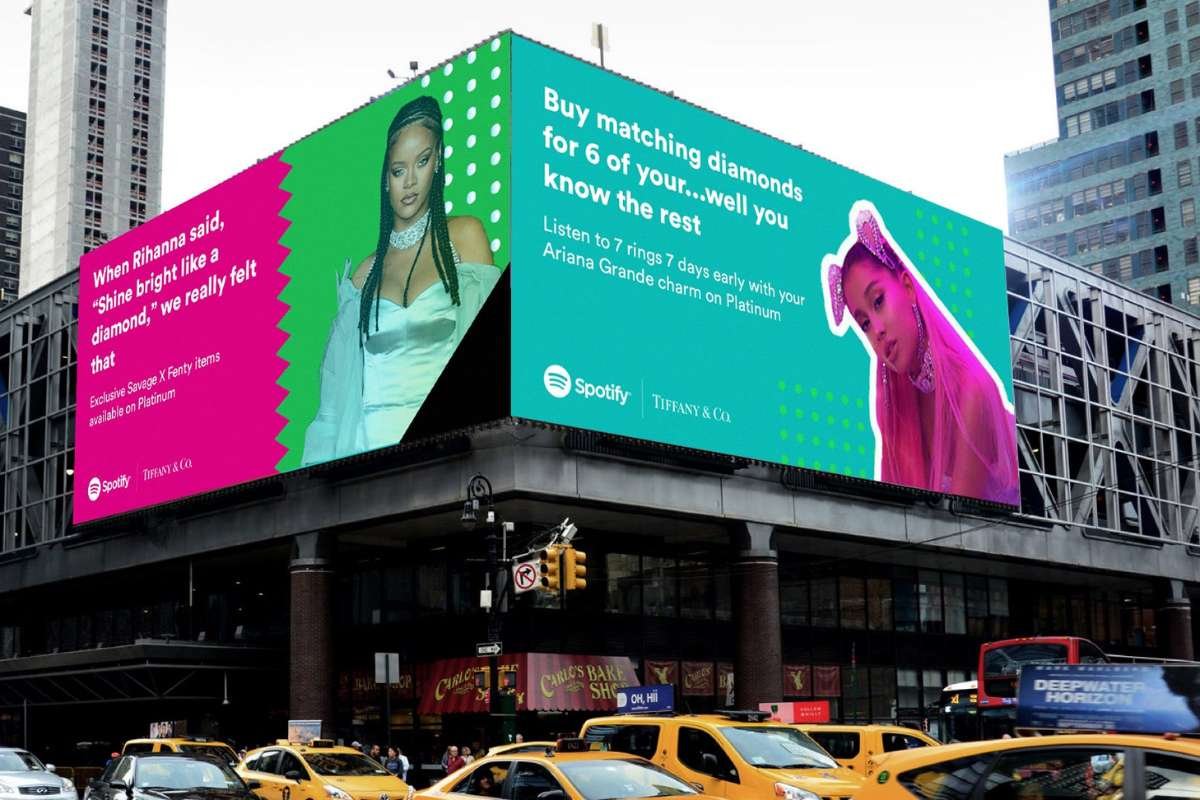How to Build a Billboard Marketing Strategy That Works in 2025?
How to Build a Billboard Marketing Strategy That Works in 2025?
Blog Article
Billboard marketing in 2025 combines traditional impact with digital innovation. A successful strategy includes clear goals, audience targeting, bold design, and performance tracking. With the right location and message, billboards can boost brand awareness and engagement.

- Source: On Shot from Pexels
What makes someone notice a message in the middle of a busy day?
What holds their attention when everything else is fighting for it?
A well-placed billboard does not chase attention. It does not disappear with a scroll. It stands there—bold, still, and impossible to ignore.
That is the quiet strength of billboard marketing. It meets people where they are, without asking for anything. No pop-ups. No skip buttons. Just one clear message, seen at the right moment, in the real world. In a time when attention is scattered, that kind of presence is rare and valuable.
This guide will show you how to use it. You will learn how to craft a billboard marketing strategy that is simple, smart, and built to last. From choosing the right location to writing a message that sticks, every step matters. Let us get into it.
What Is Billboard Marketing?
Billboard marketing is a form of out-of-home advertising that uses large printed or digital displays to promote a product, service, or message. These billboards are usually located in areas with heavy traffic to attract the attention of people walking or driving by.
In 2025, billboard advertising has grown beyond traditional formats. Digital billboards allow businesses to update content instantly, track impressions in real-time, and use smart technologies such as geolocation and artificial intelligence to show ads to the right audience at the right moment.
How to Build a Billboard Marketing Strategy?
To create a strong billboard marketing strategy, start by setting clear goals. Are you trying to increase brand awareness, launch a product, or drive people to your store?
Follow these steps to build your plan:
1. Set Your Goal
Decide whether you want to focus on awareness, consideration, or conversion. Your goal will guide your message, location, design, and campaign duration.
2. Understand Your Audience
Study your audience’s habits and behavior. Use tools such as GeoPath and PlaceIQ to find areas with high foot or vehicle traffic from your target market.
3. Design for Impact

4. Choose the Right Billboard Format
Options include traditional, digital, mobile, interactive, and transit billboards. Select the type that fits your budget and target audience.
5. Measure Performance
Use tracking tools such as QR codes, dedicated URLs, geofencing, and brand lift surveys to measure how well your billboard performs.
Types of Billboard Advertising
Knowing the available options helps you build a more flexible billboard strategy:

1. Static Billboards
These are printed signs placed along roads or on buildings. They are best for long-term advertising with a consistent message.
2. Digital Billboards
These use LED screens to show rotating messages. They are ideal for time-sensitive content, real-time updates, and A/B testing.
3. Mobile Billboards
These are placed on vehicles that move through targeted areas. They are useful for local events and location-based promotions.
4. 3D and Interactive Billboards
These use physical props or digital effects to create attention-grabbing displays. They are designed to surprise and engage people.
5. Transit Billboards
These appear on buses, subways, or taxis. They work well for reaching commuters in cities.
Pros and Cons of Billboard Marketing
Advantages
- High Visibility: Billboards reach thousands of people every day.
- Stronger Brand Image: Large signs give the impression of credibility and success.
- Cannot Be Skipped: Viewers cannot block or ignore billboards like digital ads.
- Always Active: Once installed, the ad is visible 24 hours a day.
Disadvantages
- High Cost: Premium locations may require a large budget.
- Limited Space: Short messages are necessary, which limits detail.
- Harder to Measure: It is more difficult to track return on investment without digital tools.
When included in a larger campaign, billboard advertising can serve as a high-impact brand booster.
Choosing the Right Location
Location is one of the most important parts of a billboard strategy. Here is how to choose a suitable site:
1. Traffic Volume
Billboards on busy roads or intersections attract more viewers but cost more.
2. Audience Fit
Place your ad where your target audience spends time. For example, put student-oriented ads near campuses or luxury brand ads in upscale neighborhoods.
3. Viewing Time
Locations with slower traffic or frequent stops allow people to read your message more easily.
4. Clear Visibility
Choose a billboard that faces oncoming traffic, is not blocked by trees or signs, and remains visible day and night. In 2025, location intelligence tools use live data to help advertisers choose spots based on audience, weather, and time of day.
Real Examples of Billboard Marketing Success
1. Apple—“Shot on iPhone” Campaign
Apple used global billboards to showcase real photos taken by users. The campaign was simple, beautiful, and trustworthy.
2. Spotify—Data-Driven Humor

3. Coca-Cola—3D Billboard in New York
Coca-Cola built a moving 3D billboard in Times Square. The design attracted a lot of attention and became popular on social media.
All three brands used a smart billboard marketing strategy focused on creativity, simplicity, and audience connection.
Conclusion
Billboard marketing strategy still works in 2025. When they are done well, they grab attention and leave a strong message. To get the best results, connect billboard campaigns with your overall marketing plan. A clear message, good location, and smart tracking can turn a billboard into a strong marketing asset. Even in a world dominated by screens, there is something real and memorable about a message you see in the physical world. A thoughtfully designed billboard builds recognition, earns trust, and drives meaningful results.